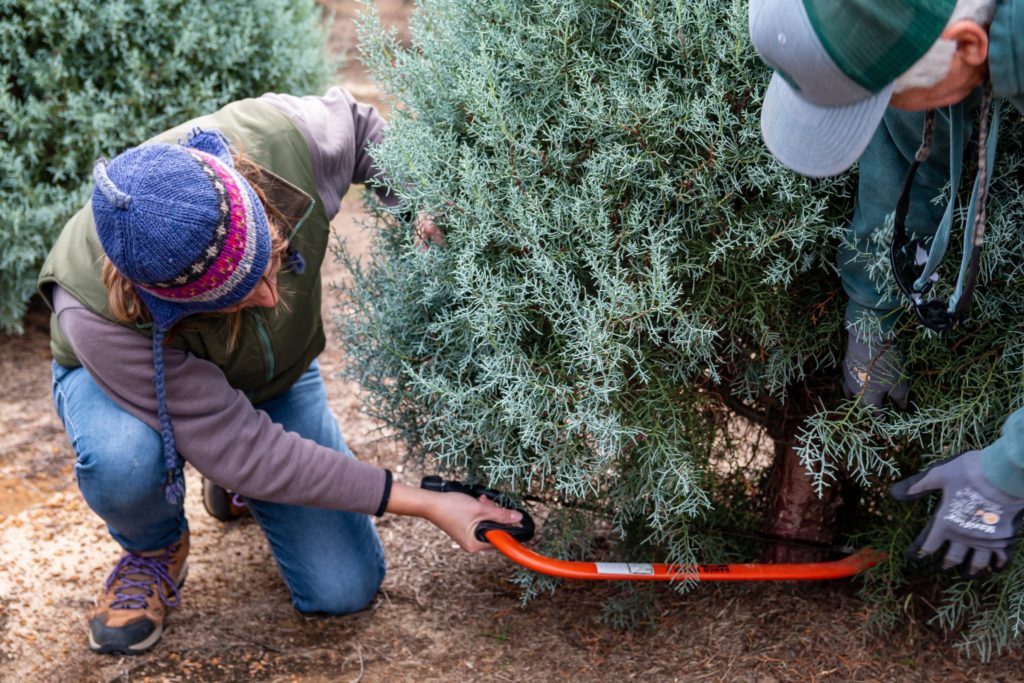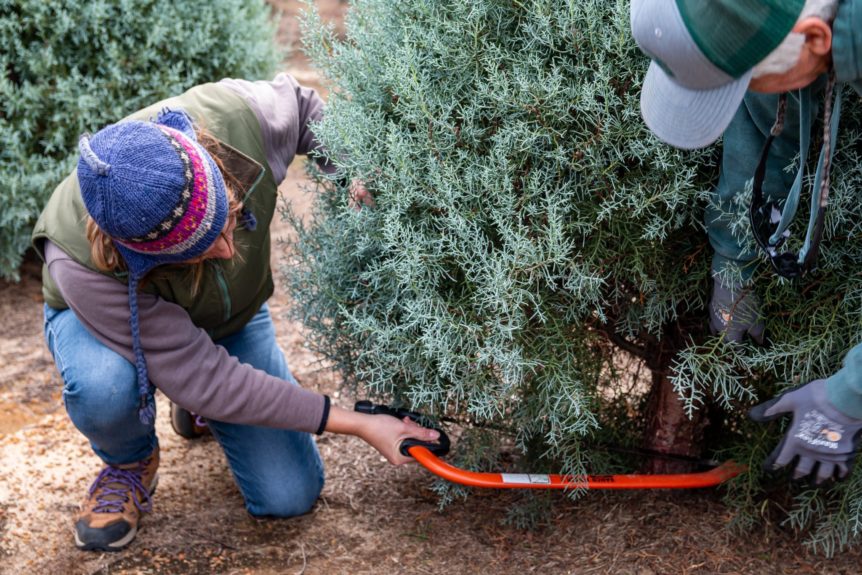
By Clint Thompson
Weather events last Christmas and this fall have made Christmas tree production difficult this year, according to one Alabama producer.
“The production was a challenge. That’s my best word, and I think I’m probably speaking for every Christmas tree grower in our neck of the woods, in this part of the Southeast,” said Steve Mannard, with Fish River Farms in Baldwin County, Alabama.
December Freeze Event
He added that multiple nights of sub-freezing temperatures last December impacted trees, especially the Murray Cypress variety.
“One of (the challenges) happened last winter. It happened right around New Years when we had that cold snap where temperatures went down to 10 (degrees Fahrenheit); in some places the 20s, like here on the Gulf Coast. A hundred to 200 miles north of here, it went down to 10 for three nights in a row,” Mannard said. “There’s a species of trees that we grow that didn’t like it and we didn’t know that.
“The trees got hammered. The little bitty baby trees that got planted the year before, most of those died. The bigger trees, the tops and a good part of the sides, all browned up. Those poor growers that had those on those particular trees, they ended up chopping all of the brown off and the trees grew out of it. They lost about a foot of growth.”
Current Drought
The current drought-like conditions were also especially difficult to overcome. Mannard said there has been nearly zero rain recorded since July 4. Most growers do not irrigate because of the expense and has not been necessary in previous years. But it was this season.
“The big challenge was the heat and the drought. It seems like from talking to the other growers, two things happened. They stopped growing in August and September. They were doing okay through July, even though it was hot as stew,” Mannard said. “Once it kept staying 100 (degrees) during the day and 80 at night, with no rain and clouds, they didn’t like that. Almost every tree on my farm stopped growing during the middle of what’s normally a busy growing season.”
Surprising Resiliency
Maybe the most surprising development was the resiliency of the trees. Mannard said the majority of his crop survived the adverse weather conditions, which was a positive development heading into sales this week.
“Somehow or another, these trees, in my case over 90% of them, managed to survive. Then when it started turning cooler, they started growing again. They were remarkably resilient, I guess is the right word; drought resistant,” Mannard said.










